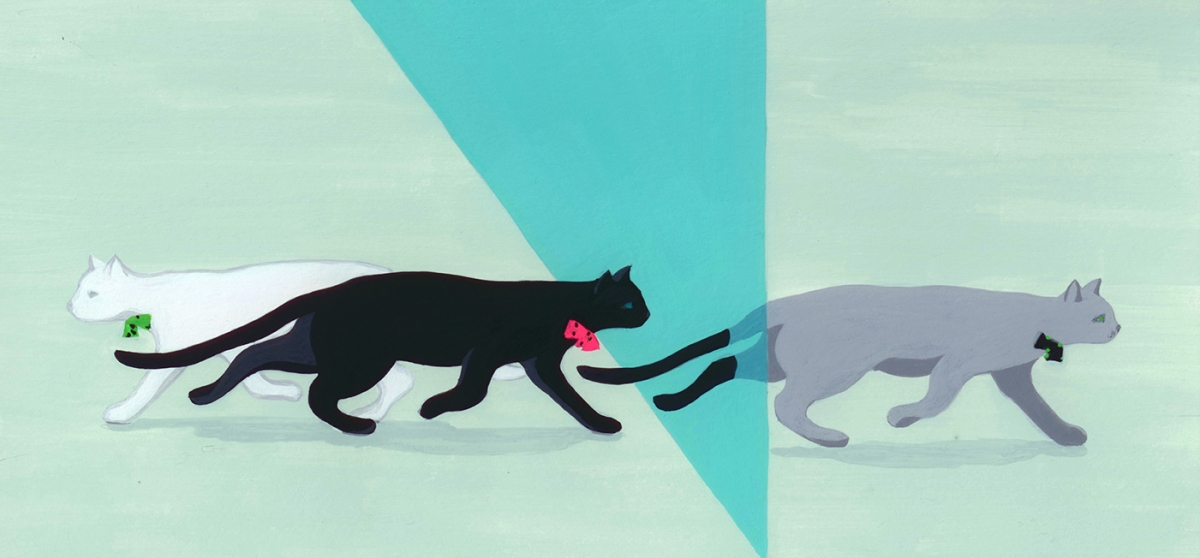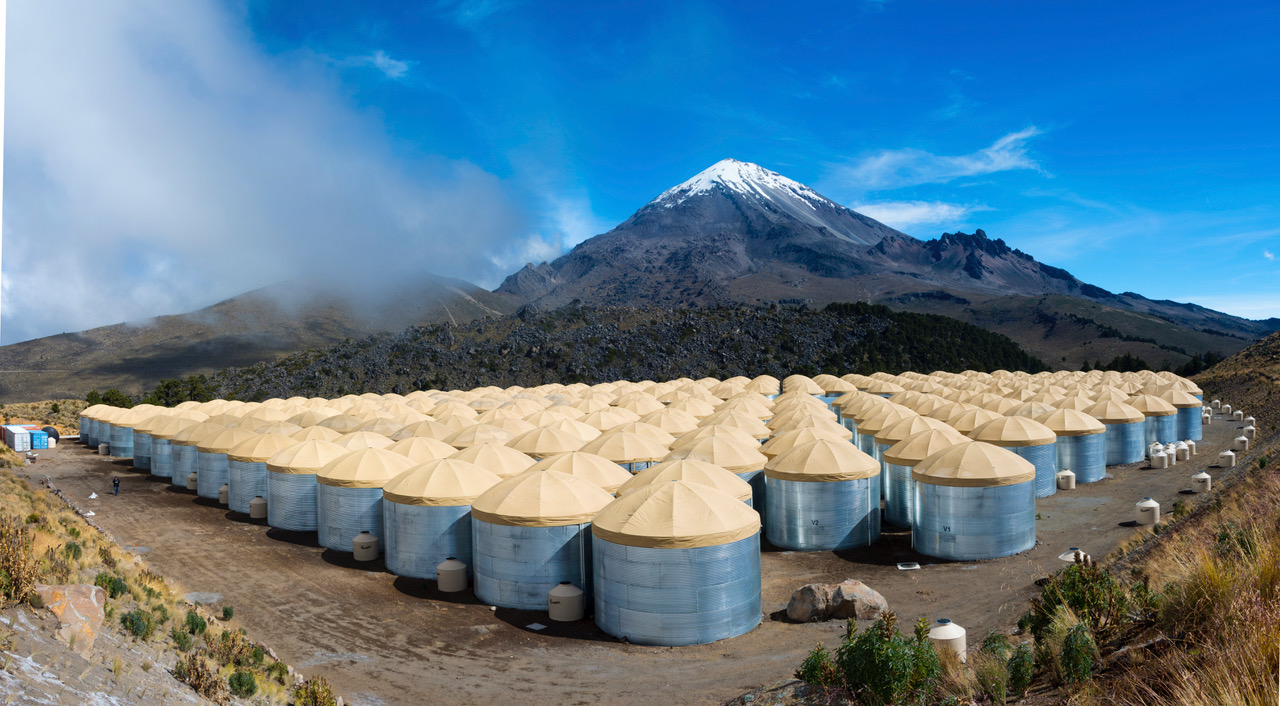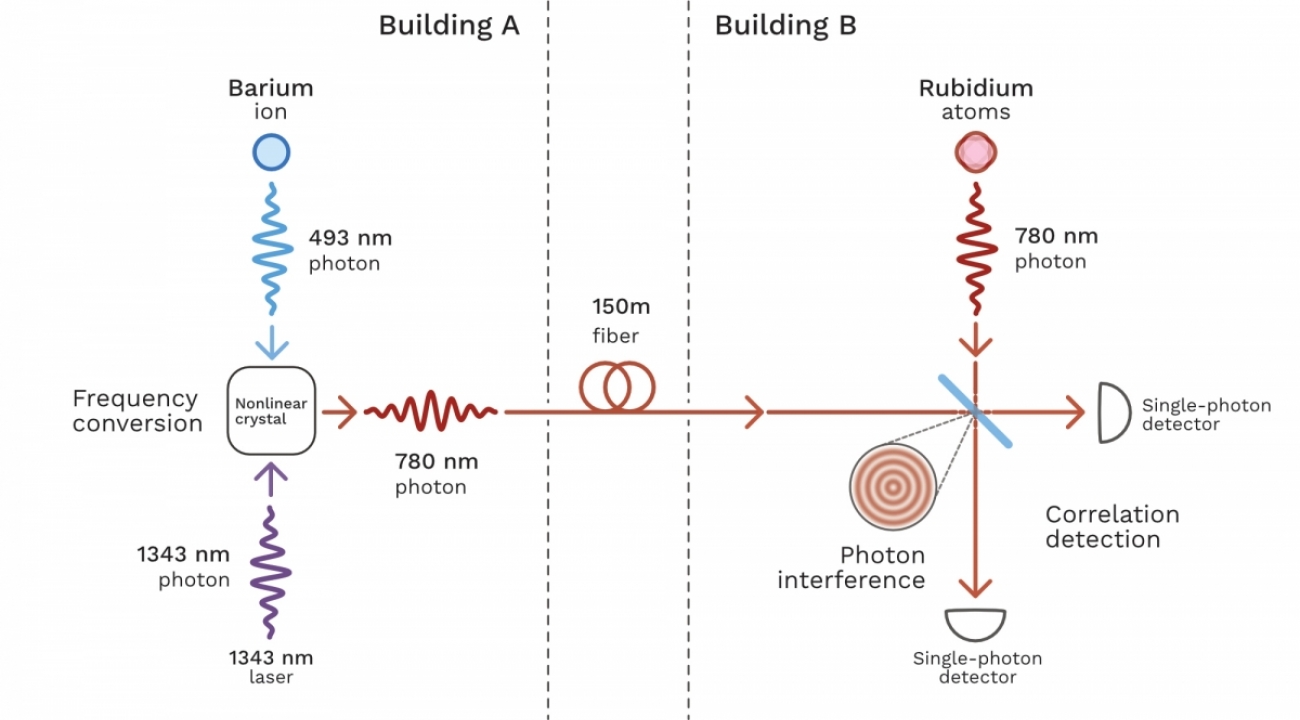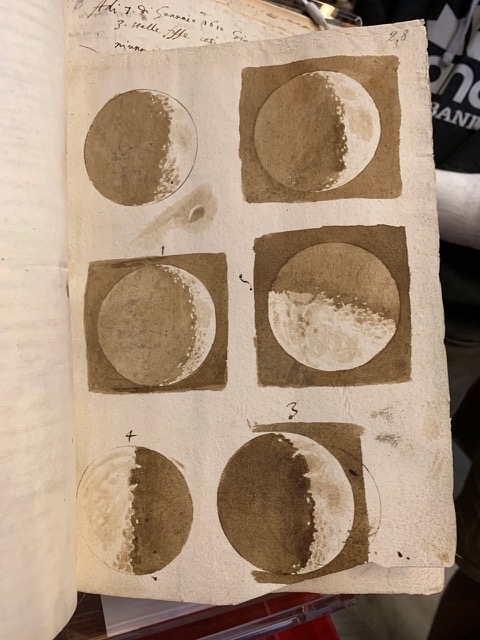Fifth Edition of “Exploring Quantum Physics” to Launch on Coursera
- Details
- Category: Department News
- Published: Tuesday, January 14 2020 08:55
Charles Clark and Victor Galitski will launch the fifth edition of their Coursera class on quantum physics Jan. 20, 2020. Alireza Parhizkar, a UMD graduate student will serve as teaching assistant.
“The course begins by establishing the conceptual grounds of quantum mechanics and promises an exciting journey,” says Parhizkar, who joined Galitski’s research group in the summer of 2019. “It fulfills this promise by immersing the learner in advanced subjects of quantum physics, like superconductivity and path integrals, and illustrating them with colorful exercises.”  Two JQI Fellows will launch the fifth edition of "Exploring Quantum Physics" on Coursera Jan. 20. (Credit: Anna Bogatin)
Two JQI Fellows will launch the fifth edition of "Exploring Quantum Physics" on Coursera Jan. 20. (Credit: Anna Bogatin)
The free course, titled “Exploring Quantum Physics,” explains topics in quantum physics at a level appropriate for an advanced undergraduate or beginning graduate student. The previous four editions had a total of about 100,000 enrollees, with roughly 2,000 people completing the course. “That’s a good number for a massive open online course, or MOOC,” says Clark, who is an Adjunct Professor of Physics, a Fellow of the Joint Quantum Institute (JQI), and a Fellow at the National Institute of Standards and Technology in Gaithersburg, Maryland. Clark adds that the new edition of the course has a revised grading system as well as updated homework and exam questions.
“Exploring Quantum Physics” consists of eight weeks of video lectures, with a number of five- to fifteen-minute videos per week. The videos include voluntary ungraded quizzes, which automatically pause the presentation so that students have an opportunity to answer relevant questions. There are also weekly homework assignments—some will include reading historical papers by influential early quantum scientists such as Albert Einstein and Niels Bohr—as well as a final exam. “We tried to strike a balance between providing a historical perspective on the early development of quantum physics and modern concepts,” says Galitski, who holds the Chesapeake Chair of Theoretical Physics at the University of Maryland (UMD).
An advantage of MOOCs is that the course material is available to anyone, including some students who are younger than traditional undergraduates. Khadija Niazi and her twin brother Muhammad, who grew up in Pakistan, were 13 years old when they enrolled in an earlier edition of the course. Khadija, who once spoke about her experience with MOOCs at the World Economic Forum, says that she “thoroughly enjoyed that course [e]specially because of the peer's help and Charles Clark's constant help and encouragement in the forums.” Before beginning the quantum physics course, the twins had completed some introductory physics classes on the site and learned some calculus from videos on YouTube. Muhammad says that they wanted “to get a taste of what lies ahead.”
Both Niazi siblings stayed in contact with Clark after completing the class. Muhammad, who went on to publish his first experimental physics paper in the journal Royal Society Open Science when he was 16, says he will probably take the new edition of the course to solidify his understanding of the content.
Michael Winer, a physics graduate student at UMD, took an earlier edition of the course when he was a 10th grader at Montgomery Blair High School in Silver Spring, Maryland because he hoped to do physics research over the summer. “By far the greatest thing that came out of my taking the course was that I contacted professor Galitski and did research with him for two summers,” Winer says. “This was my first real research experience, and taught me a lot about the scientific process.” That work led Winer to win the Intel Science Talent Search competition in 2015, earning him a prize of $150,000 and a meeting with President Obama.
“Exploring Quantum Physics” is now open for enrollment. To learn more about the course and to see a detailed syllabus, please visit the landing page at Coursera.
Original story by by Jillian Kunze
- Charles Clark:This email address is being protected from spambots. You need JavaScript enabled to view it.
- Victor Galitski: This email address is being protected from spambots. You need JavaScript enabled to view it.
- Alirea Parhizkar: This email address is being protected from spambots. You need JavaScript enabled to view it.


